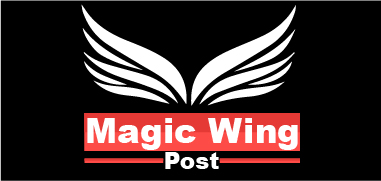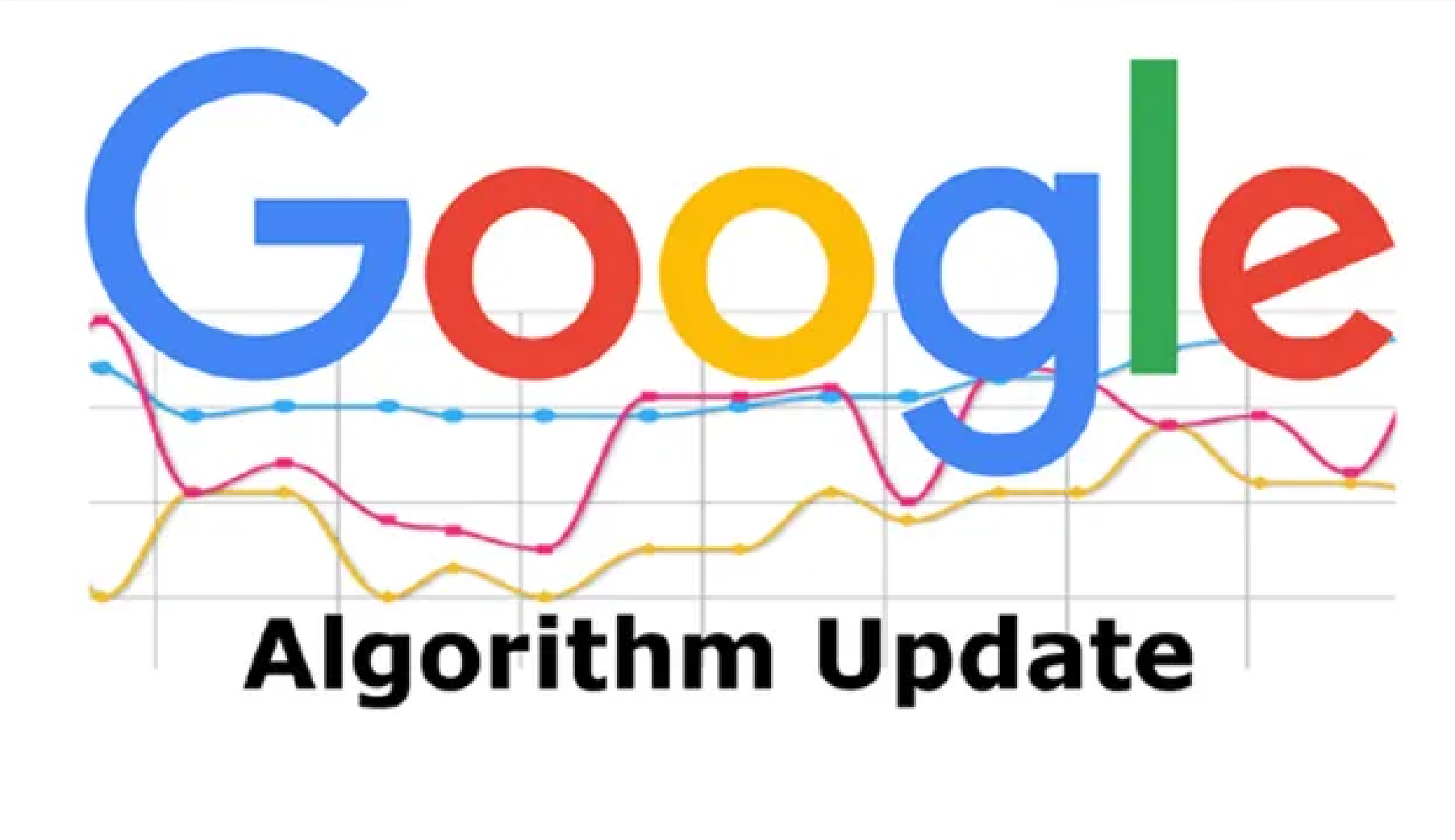The Ever-Evolving World of Blogging
In the dynamic landscape of digital content, blogging remains a powerful tool for sharing ideas, building communities, and driving traffic. However, the rules of the game are constantly changing, largely due to Google’s frequent algorithm updates. Understanding these changes is crucial for bloggers aiming to maintain or improve their search rankings and reach a wider audience. This article delves into Google’s latest algorithm updates and offers actionable insights to help bloggers navigate these changes effectively.
Overview of Google’s Algorithm Updates
Google’s algorithms are complex systems used to retrieve data from its search index and instantly deliver the best possible results for a query. Over the years, these algorithms have evolved significantly, with recent updates focusing heavily on improving user experience and delivering high-quality, relevant content. The latest updates have introduced several changes that directly impact bloggers and content creators. Understanding these changes is essential to stay relevant and maintain visibility on Google’s search engine results pages (SERPs).
Key Updates
- Helpful Content Update: Google’s recent emphasis on the Helpful Content Update aims to reward content that provides genuine value to users. This update prioritizes original, insightful, and comprehensive content over material that merely aims to rank well in search results without offering substantive information.
- Core Web Vitals: Core Web Vitals, which include metrics like loading performance, interactivity, and visual stability, are now critical ranking factors. Ensuring your blog meets these standards is crucial for maintaining good search rankings.
- Passage Indexing: This update allows Google to rank specific passages within a page rather than the entire page. This means that even if a page covers various topics, a particularly relevant passage can still rank well for a specific query.
- BERT and MUM Updates: BERT (Bidirectional Encoder Representations from Transformers) and MUM (Multitask Unified Model) are AI-driven updates that improve Google’s understanding of natural language. These updates help Google comprehend the context of queries better, delivering more accurate search results.
Key Changes Impacting Bloggers
The recent algorithm updates introduced by Google have significant implications for bloggers. These changes emphasize the importance of quality, user-focused content and the technical aspects of website performance. Here’s a closer look at the key updates and their impact:
Emphasis on Quality Content
Google’s Helpful Content Update underscores the necessity of producing content that genuinely benefits users. This means:
- Originality: Content must be original and offer unique insights. Plagiarized or heavily rewritten content from other sources will not perform well.
- Depth and Detail: Posts should cover topics comprehensively. Shallow content that glosses over subjects without providing in-depth information is less likely to rank high.
- User Intent: Understanding and addressing the needs of your audience is crucial. Content should answer user queries effectively and provide clear, actionable information.
Technical Performance: Core Web Vitals
Core Web Vitals are a set of metrics that assess the loading speed, interactivity, and visual stability of web pages. Key components include:
- Largest Contentful Paint (LCP): Measures loading performance. To provide a good user experience, LCP should occur within 2.5 seconds of when the page first starts loading.
- First Input Delay (FID): Measures interactivity. Pages should have an FID of less than 100 milliseconds.
- Cumulative Layout Shift (CLS): Measures visual stability. Pages should maintain a CLS of less than 0.1 to ensure that content doesn’t shift unexpectedly as the page loads.
Passage Indexing
Passage Indexing enables Google to highlight relevant passages within a page. This update impacts bloggers by:
- Enhancing Visibility: Even if an entire article isn’t perfectly aligned with a query, a well-written and relevant passage within the article can still rank well.
- Encouraging Comprehensive Content: Bloggers are encouraged to cover a broad range of related topics within a single post, as specific passages can be indexed and ranked individually.
AI-Driven Understanding: BERT and MUM
BERT and MUM updates have improved Google’s ability to understand the context and nuances of user queries. This means:
- Contextual Relevance: Content needs to be contextually relevant and precise. The use of natural language and addressing various angles of a topic is crucial.
- Multimodal Information: MUM can understand information across different formats (text, images, videos), prompting bloggers to diversify their content types to include multimedia elements.
Strategies for Adapting to the Updates
Adapting to Google’s latest algorithm updates is essential for bloggers who want to maintain or improve their search rankings. Here are some effective strategies to align your blog with the new standards and ensure continued visibility:
Focus on Quality Content
Creating high-quality content should be your top priority. Here’s how to ensure your content meets Google’s standards:
- Conduct Thorough Research: Use reliable sources and provide accurate, in-depth information. High-quality content is well-researched and offers unique insights.
- Engage Your Audience: Write in a conversational tone that resonates with your readers. Use storytelling techniques to make your content more engaging and relatable.
- Update Regularly: Keep your content up to date. Regularly updating your posts with the latest information ensures they remain relevant and valuable to your readers.
Optimize for Core Web Vitals
Improving your website’s performance is crucial for user experience and search rankings. Consider these tips:
- Enhance Page Speed: Compress images, leverage browser caching, and use content delivery networks (CDNs) to improve loading times.
- Improve Interactivity: Optimize JavaScript and minimize third-party scripts to reduce delays in user interactions.
- Ensure Visual Stability: Use size attributes for images and videos to prevent layout shifts, and avoid inserting content above existing content that pushes it down.
Leverage Passage Indexing
Take advantage of Passage Indexing by structuring your content effectively:
- Use Clear Headings: Break your content into well-defined sections with descriptive headings. This helps both readers and search engines navigate your content easily.
- Cover Multiple Angles: Address different aspects of a topic within a single post. This increases the chances of individual passages being relevant to various queries.
- Highlight Key Information: Use bold text, lists, and tables to draw attention to important points and make them easily scannable.
Embrace AI-Driven Content
Adapt your content to align with BERT and MUM updates by focusing on natural language and diverse content formats:
- Write Naturally: Use a conversational tone and avoid keyword stuffing. Focus on answering user queries clearly and comprehensively.
- Incorporate Multimedia: Include images, videos, infographics, and other multimedia elements to make your content more engaging and accessible.
- Understand User Intent: Analyze search queries to understand what users are looking for and tailor your content to meet their needs effectively.
Case Studies: Success Stories and Lessons Learned
Understanding how other bloggers have successfully navigated Google’s algorithm updates can provide valuable insights and practical strategies. Here are some case studies that highlight successful adaptations to the recent changes read more here Blooket login.
Case Study 1: Boosting Rankings with Quality Content
Blog: “Healthy Eats Daily”
Challenge: The blog experienced a significant drop in traffic following the Helpful Content Update. Their content, though keyword-rich, lacked depth and originality.
Strategy: The blog team revamped their content strategy by focusing on quality over quantity. They conducted thorough research to provide detailed, unique insights in their articles. They also updated existing posts with new information and more engaging writing styles.
Results: Within three months, “Healthy Eats Daily” saw a 40% increase in organic traffic. Their posts began to rank higher on SERPs, and user engagement improved significantly.
Case Study 2: Improving Technical Performance
Blog: “Tech Trends Now”
Challenge: Despite high-quality content, the blog struggled with slow page load times and poor user experience, affecting their rankings due to the Core Web Vitals update.
Strategy: The team optimized their website by compressing images, implementing lazy loading, and reducing the size of JavaScript files. They also revamped their site design to improve visual stability and user interactivity.
Results: After implementing these changes, “Tech Trends Now” improved their Core Web Vitals scores. Their LCP reduced to 2.1 seconds, FID to 85 milliseconds, and CLS to 0.05. This resulted in a noticeable uptick in search rankings and user retention.
Case Study 3: Leveraging Passage Indexing
Blog: “DIY Home Projects”
Challenge: The blog covered a wide range of topics, making it hard to rank well for specific queries.
Strategy: They restructured their content with clear, descriptive headings and subheadings, ensuring each passage addressed specific queries in detail. They also incorporated more lists and step-by-step guides to make passages stand out.
Results: “DIY Home Projects” experienced an increase in rankings for specific search queries. Individual passages within their articles started appearing in SERPs, driving more targeted traffic to their site.
Case Study 4: Adapting to AI-Driven Search
Blog: “Travel Tales”
Challenge: The blog struggled with understanding user intent and making content contextually relevant after the BERT and MUM updates.
Strategy: They began analyzing search queries more deeply, focusing on natural language processing and intent analysis. They diversified their content, including more multimedia elements like videos and infographics to cater to different formats.
Results: “Travel Tales” saw an increase in user engagement and search visibility. Their content began to rank higher for contextually relevant queries, and their multimedia approach attracted a broader audience.
Conclusion: Staying Ahead in the Blogging Game
Navigating Google’s latest algorithm updates requires a blend of high-quality content, technical optimization, and strategic adaptation. As the digital landscape evolves, bloggers must stay informed and agile, continuously refining their strategies to meet new standards. Here are key takeaways to help you stay ahead in the blogging game:
Embrace Continuous Learning
The world of SEO and blogging is dynamic, with frequent updates and changes. Staying informed about the latest trends and algorithm updates is crucial. Follow reputable SEO blogs, attend webinars, and participate in industry forums to keep your knowledge up to date.
Prioritize User Experience
Google’s algorithm updates increasingly focus on delivering a superior user experience. Prioritizing the needs and preferences of your audience is essential. This means creating engaging, valuable content and ensuring your website is easy to navigate and quick to load.
Diversify Content Formats
Incorporating various content formats—such as videos, infographics, and interactive elements—can enhance user engagement and improve your chances of ranking well. Diversified content caters to different user preferences and can make your blog more appealing.
Monitor and Analyze Performance
Regularly monitor your blog’s performance using tools like Google Analytics and Search Console. Analyze metrics such as organic traffic, bounce rate, and page load times to identify areas for improvement. Use these insights to refine your content and technical strategies continuously.
Build a Strong Community
Engage with your audience through comments, social media, and email newsletters. Building a strong community around your blog can increase user loyalty and drive more traffic. Respond to feedback and adapt your content based on audience preferences.






